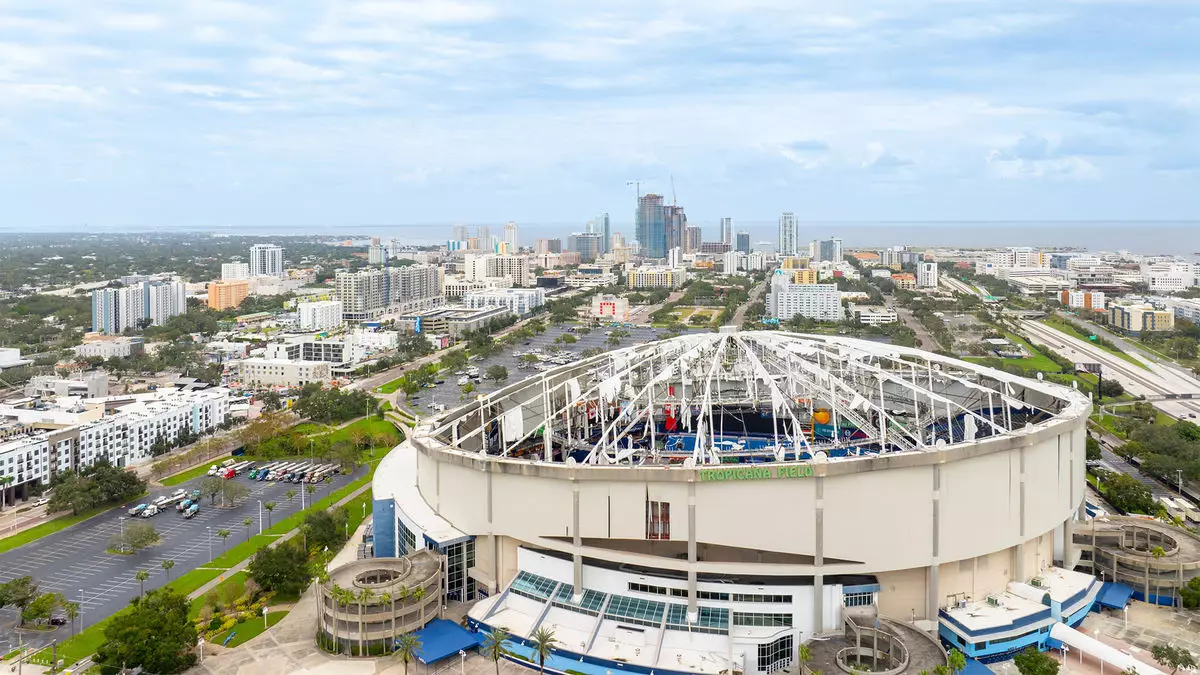Hurricanes Helene and Milton have wreaked havoc across Florida, leaving many coastal communities grappling with extensive damage and uncertainty about the future. The implications for the state’s tourism industry are profound, especially along the Gulf Coast, where small, independent businesses are facing an uphill battle for recovery. This article explores the immediate and long-term effects of these storms on Florida’s tourism landscape, shedding light on the challenges ahead and the potential for transformation.
As assessments of the damage continue, experts highlight the profound impact on areas like the Gulf Coast. Arthur Huang from the University of Central Florida emphasizes that attractions, beaches, and critical infrastructure may take an extended period to recover. Hurricane Helene, which made landfall as a Category 4 storm near Perry, followed closely by Hurricane Milton with its Category 3 impact near Siesta Key, has left many coastal communities in turmoil. The repercussions have been particularly severe for hospitality businesses that rely on steady tourist influx, with many small operators now facing a daunting road to recovery.
The compounded effects of both storms have not only damaged properties but also disrupted the social fabric of local tourism economies. Peter Ricci, the director of Florida Atlantic University’s Hospitality and Tourism Management program, points out that popular destinations such as Fort Myers Beach and Sarasota could see long-lasting repercussions. Particularly striking is the risk that smaller businesses may choose not to rebuild, opting instead to accept insurance payouts and exit the market altogether.
The potential exodus of small, independent enterprises from Florida’s tourism sector signals a seismic shift in the market. With many mom-and-pop establishments in severe damage zones contemplating whether to rebuild, the dynamics of the region could fundamentally change. Ricci notes that as smaller businesses likely step back, only well-funded developers might remain, paving the way for a transition to more upscale and expensive tourism offerings.
As the rebuilding process begins, the high costs associated with modern building codes and compliance could prevent many independent operators from reopening. Consequently, areas that once thrived on modest, family-run hotels might soon cater exclusively to affluent tourists, leading to a potential loss of the charm and diversity that characterized Florida’s original hospitality scene.
While the immediate impact of hurricanes has predominantly affected coastal regions, inland tourism hubs such as Orlando and Tampa are not immune. Ricci predicts that these destinations will experience disruptions due to cancellations and postponed events, which could last for several months. The timing of these storms, occurring just before Florida’s tourist season, exacerbates the challenge. Hotels and venues must balance their high-season bookings with the pressing need to accommodate rescheduled events, a tightrope walk that leaves little room for financial error.
The hospitality sector’s livelihood hinges on the next few months, where the importance of maintaining occupancy rates becomes critical. With high season revenues generating a substantial portion of annual income, losing this period could have drastic repercussions for many businesses.
In response to this crisis, Visit Florida, the state’s tourism management organization, is implementing comprehensive recovery strategies to ensure that tourism continues unfettered in unaffected regions. CEO Dana Young has outlined initiatives aimed at reestablishing visitor interest while supporting areas that have sustained damage. The organization’s marketing campaigns focus on resilience and positivity, leveraging powerful imagery and messaging to convey that many parts of Florida remain vibrant and ready for tourism.
These strategies are set against a backdrop of social media outreach and targeted advertisements to dispel misconceptions about widespread destruction. Young’s commitment includes multi-million dollar investments in recovery efforts designed to revitalize the tourism sector, providing essential support for a sustainable comeback.
Despite the significant challenges posed by Hurricanes Helene and Milton, the adaptability of Florida’s tourism industry shows promise. As businesses begin to innovate and rebuild, the state’s landscape may evolve, emerging with new aesthetics and practices. The battle against these natural catastrophes has not only tested the resilience of small businesses but has also paved the way for a potential reimagining of Florida’s hospitality offerings.
While navigating this transition will demand patience and collaboration, the unwavering spirit of those involved in Florida’s tourism industry signifies that a brighter, more resilient future is possible. As initiatives unfold and restoration efforts gain momentum, Florida will continue to attract visitors, embodying a spirit of resilience that reflects both its natural beauty and the tenacity of its people.


Napsat komentář